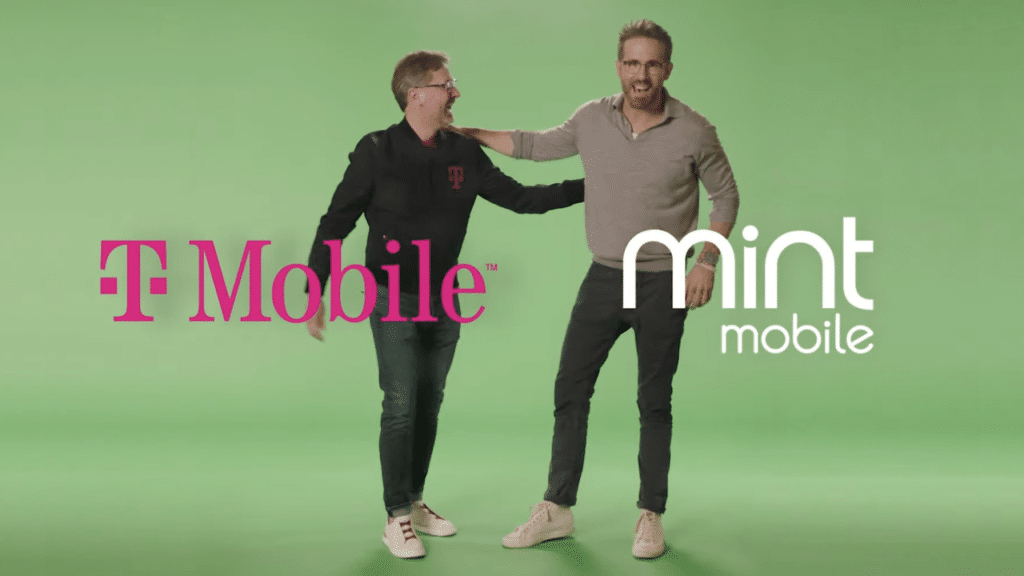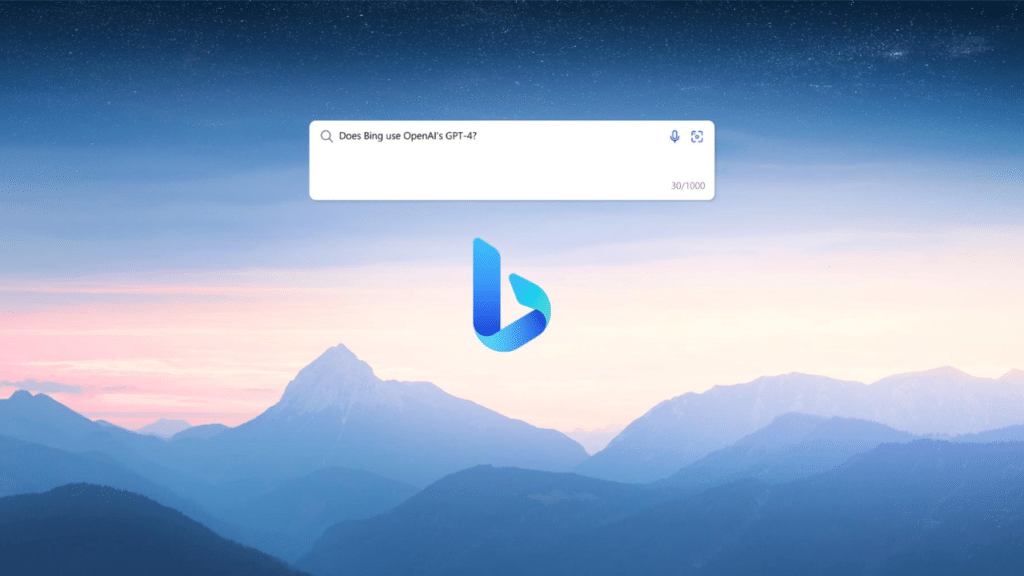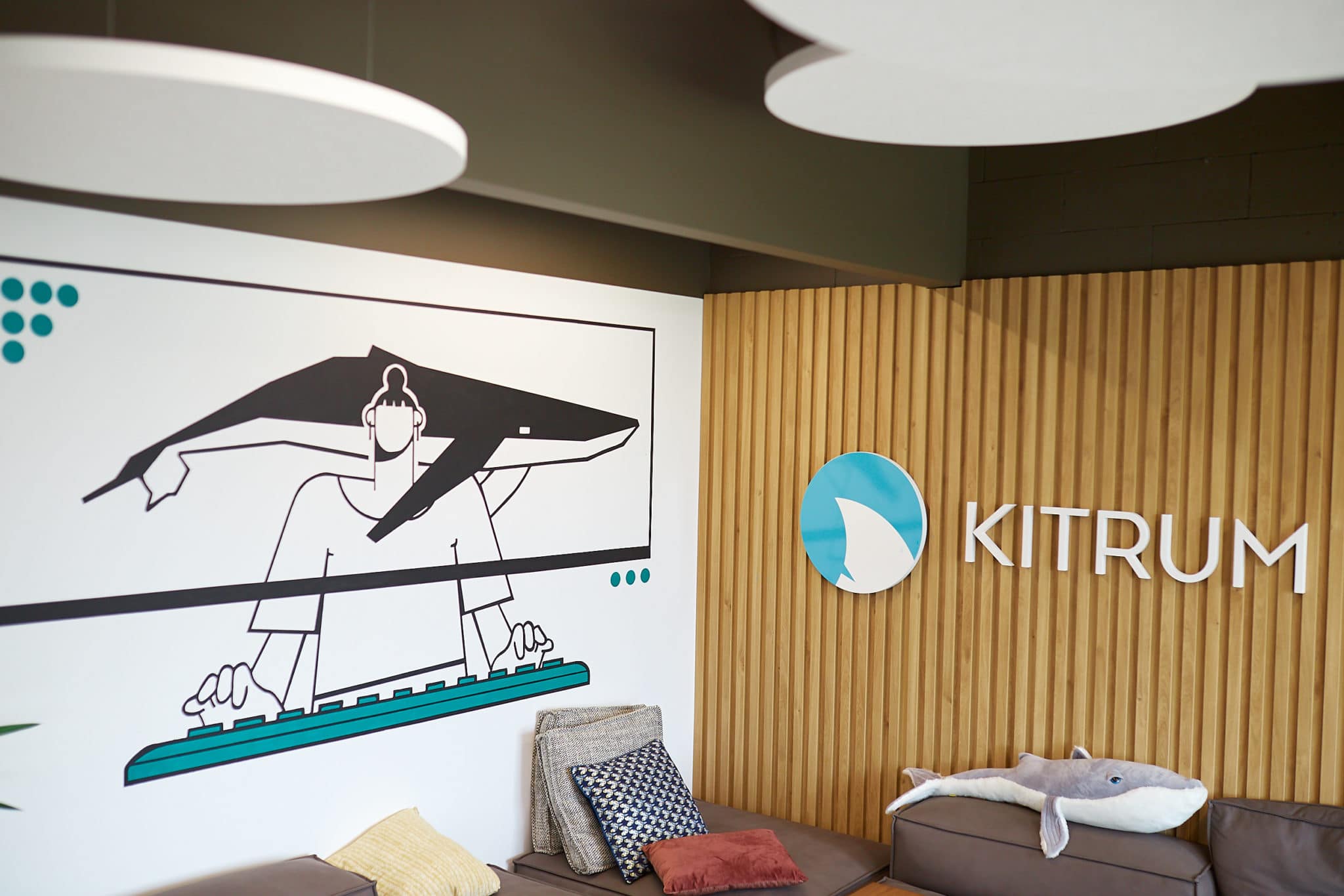Technology
Revolutionizing human resources: How Artificial Intelligence enhances traditional practices
Sesame HR has worked hard to develop the first Artificial Intelligence system focused on workforce management and operations. Sesame AI not only enhances productivity and time management but also introduces a fresh approach to managing corporations and their workforce.
The Sesame HR management software now provides a comprehensive Human Resources service that includes various technologies, functions, and automated features to enhance the daily operations of these critical departments.
The software boasts an integrated chat, similar to ChatGPT, a feature that facilitates information retrieval, evaluation creation, job offer composition, and official communication drafting.

“We wanted to raise the level of interaction so that every action you take with the AI will trigger actions in the software. For example, if we ask the AI to write us a job offer, we can transform this text into a real offer created in the ATS and ready to review and publish”, says Albert Soriano, CEO of Sesame HR to Business Insider.

Additionally, this technology helps in the interpretation of results and in the proposal of action plans to improve employees’ performance. This is especially useful when handling a lot of data, like in People Analytics.
Enterprise

T-Mobile set to buy Ryan Reynolds’ Mint Mobile for $1.35 Billion
On Wednesday, T-Mobile stated that it would buy Mint Mobile, a wireless provider that offers affordable services and is partially owned by Ryan Reynolds. The deal is valued at up to $1.35 billion, suggesting that T-Mobile aims to enhance its prepaid options.

“Mint has built an incredibly successful digital direct-to-consumer business that continues to deliver for customers on the Un-carrier’s leading 5G network, and now we are excited to use our scale and owners’ economics to help supercharge it – and Ultra Mobile – into the future,” reported T-Mobile CEO Mike Sievert.

T-Mobile is set to acquire the sales, marketing, digital, and service operations of Mint Mobile. Through this acquisition, T-Mobile aims to use Mint’s supplier relationships and distribution capabilities to expand both brands’ reach and provide more consumers with competitive pricing and a more comprehensive range of devices.
Besides, T-Mobile plans to use Mint’s digital marketing capabilities to target new customer segments and geographic regions. This move will add Mint Mobile and Ultra Mobile to T-Mobile’s existing prepaid service offerings, which include Metro by T-Mobile, T-Mobile branded prepaid, and Connect by T-Mobile.
Apps
Bing to eliminate waitlist for its AI-powered chat using GPT-4
Last month, Microsoft’s Bing search engine introduced a new interface powered by OpenAI’s GPT-4 technology. However, the company has exercised caution in gradually rolling out this innovative language model to its users. But Bing seems to make this cutting-edge technology more accessible to a broader audience.

Recent reports suggest that Microsoft, a significant investor in OpenAI and its ChatGPT tech, has raised the waitlist for the new Bing search engine, which is powered by OpenAI’s cutting-edge GPT-4 technology. As a result, users can now enjoy instant access to the new and improved Bing interface without waiting. Windows Central first noticed this change, which reported that users can now explore the advanced features of the new Bing without any delay or restrictions.
OpenAI’s GPT-4 technology is proving to be highly successful for Bing, as the search engine has recently reported having 100 million daily active users. This achievement was not entirely unexpected, considering the growing interest in AI-powered chatbots, attracting multiple users eager to experience the latest technological innovations.
However, as users managed to “crack” the chatbot and make it say inappropriate things, Microsoft began implementing various conversation restrictions. This week, the company increased the conversation limit to 15 turns and 150 messages per day to mitigate any potential misuse of the technology.
Finance
Uncovering the reasons for Silicon Valley Bank’s failure
Silicon Valley Bank (SVB), a California-based bank, was seized by US regulators and placed under the control of the Federal Deposit Insurance Corporation (FDIC) after a failed capital request and a flight of depositors who withdrew their funds for fear of collapse.
SVB’s position as a benchmark bank in the technology sector made it a big beneficiary of the Silicon Valley boom in recent years, and the bank’s deposit balances more than tripled to reach $198 billion.
However, instead of converting those deposits into customer loans, SVB put that cash into securities, making a risky bet that ultimately led to its demise. As rates rose, the value of these assets plummeted, causing losses not recorded on SVB’s balance sheet.
The tech boom fizzled out, and SVB’s clients started asking for part of their deposits back, causing the bank to sell some of the securities it had invested in, which failed to raise enough money to offset the loss, ultimately leading to the bank’s bankruptcy.








